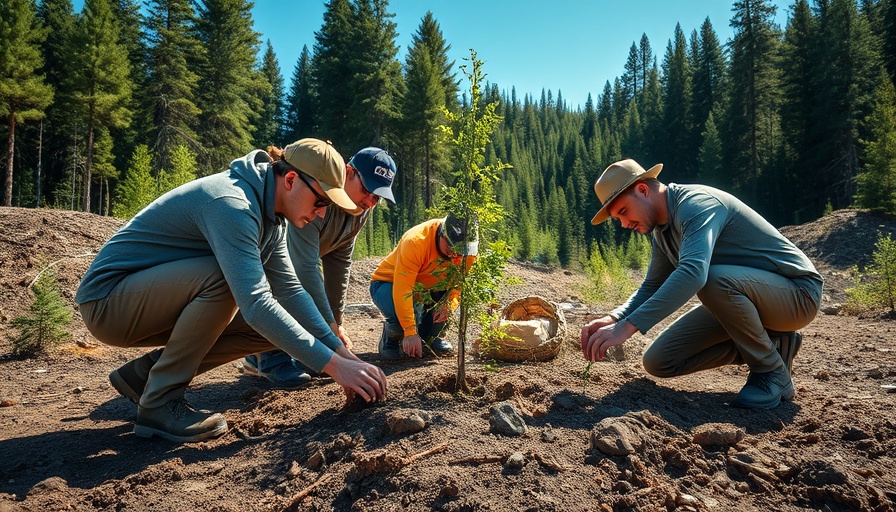
Record-Breaking Attendance: A Double-Edged Sword for National Parks
The U.S. National Parks have made headlines in 2024 by surpassing previous visitation records, drawing an astounding 331.9 million visitors, up 2% from 2023 and eclipsing the previous high of 330.9 million in 2016. However, what should have been a cause for celebration is overshadowed by a controversial directive from the National Park Service (NPS) discouraging parks from publicly discussing this achievement. Instead, staff were instructed to limit communications to basic visitor stats, leaving many puzzled about the rationale behind the silence on such a significant milestone.
What's Behind the Silence? Understanding Internal Memo Restrictions
According to an internal memo shared by Resistance Rangers, a group representing current and former NPS employees, the agency has purposely chosen to restrict external communications about these record-breaking numbers. Parks can share visitor information on their websites but have been advised against issuing press releases or proactive communications. This detachment from traditional public relations practices raises eyebrows, especially as communications director Kati Schmidt of the National Parks Conservation Association (NPCA) noted that normal operating procedures involve a typical outreach effort to celebrate such achievements. The abrupt shift towards silence appears disconnected from the public's ongoing love for the parks.
Staff Cuts Amid Record Popularity: A Looming Crisis for National Parks
While attendance surges, the National Park Service faces significant staff reductions, complicating the management of these popular destinations. Recent reports revealed that around 1,000 NPS employees were let go, following an ongoing trend of layoffs that has left many parks critically understaffed. These cuts arrive just as the parks prepare to welcome the busiest season of the year. As noted by NPCA, the planned closure of at least 34 facilities and the departure of more than 700 employees have led experts to warn of potential disruptions affecting visitor experiences.
The Economic Impact of National Parks
The importance of national parks extends beyond their scenic beauty; they are vital economic engines for surrounding communities. In 2023 alone, visitors to NPS sites contributed approximately $26.4 billion to local economies. However, with staffing shortages, the capacity to manage these parks effectively and provide essential services is jeopardized. The potential repercussions could include longer wait times, closed visitor centers, and reduced ranger-led programs, all translating into negative impacts for both visitors and local businesses relying on tourism.
Looking Ahead: Unpacking the Future of America's Forests
Understanding the complexities behind attendance figures and staffing issues is essential as national parks navigate an uncertain future. The contrast between record-breaking numbers and staffing layoffs poses daunting questions for policymakers and park advocates. The NPCA and other stakeholders are sounding alarms about how these decisions could lead parks toward an unsustainable trajectory, risking the very essence of what makes these natural treasures special. As Americans gear up for summer visits, it is crucial to consider whether their favorite parks will continue to endure as accessible and welcoming spaces.
In light of these developments, it’s vital for visitors and environmental enthusiasts alike to take action. Advocating for park funding, supporting restoration programs, and raising awareness about NPS staffing challenges can empower communities. Only through collective action can we ensure the survival of these national treasures for future generations.
 Add Row
Add Row  Add
Add 




 Add Row
Add Row  Add
Add 



Write A Comment